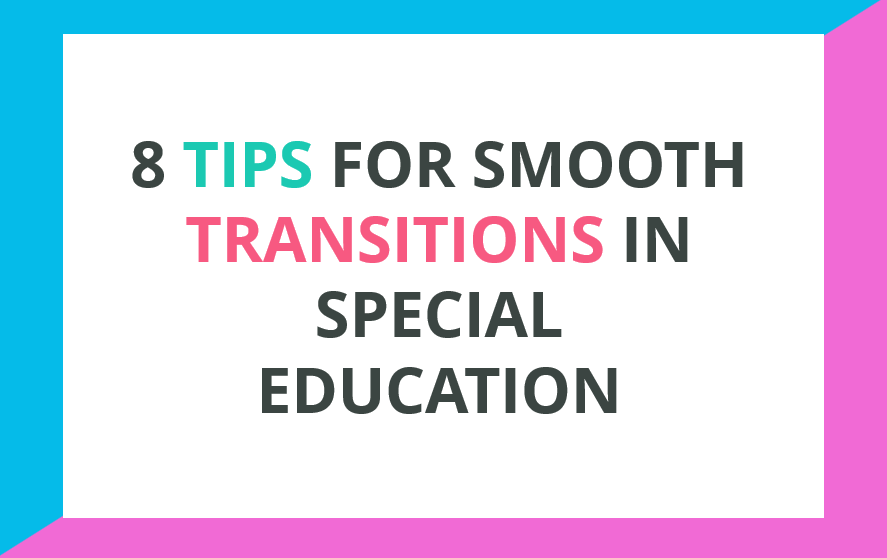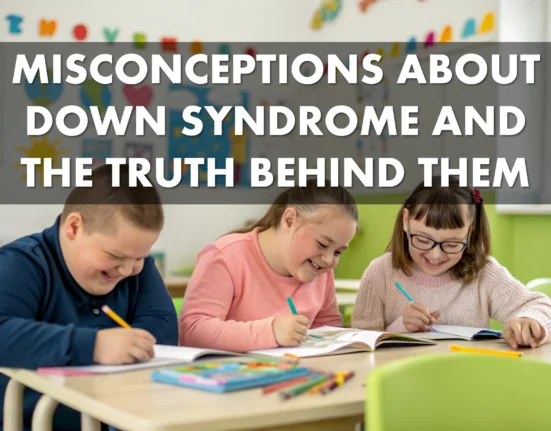Effective transition strategies are essential in special education to minimize anxiety and ensure a smooth changeover from one activity to another for students with special needs.
1. Advanced Planning
Planning transitions in advance can significantly reduce uncertainty and stress for students.
Example: Use a visual schedule that outlines the day’s activities to help students prepare mentally for what’s coming next.
2. Visual and Auditory Signals
Signals can help cue students about upcoming transitions, reducing anxiety.
Example: Play a specific song that signals it’s time to clean up and prepare for the next activity, providing both auditory cues and a consistent routine.
3. Minimizing Surprises
Keeping students informed about upcoming changes can help manage their expectations and reduce anxiety.
Example: Use a storyboard to discuss and visualize the steps involved in a school outing a week before the event.
4. Routine Training
Regular practice of transition routines can enhance comfort and familiarity.
Example: Conduct mock transitions between classrooms during low-stress periods to help students get used to new environments.
5. Positive Reinforcement
Reinforcing successful transitions can encourage good behavior and make students feel valued.
Example: Praise students or provide small rewards when they move from one activity to another smoothly.
6. Flexible Transition Time
Allowing extra time for transitions can help students not feel rushed, which can decrease behavioral issues.
Example: Let a student who takes longer to pack up start the process earlier than others to prevent rush.
7. Creating Transition Zones
Designated areas for transition can help students mentally prepare for the change in activity.
Example: Set up a “calm corner” where students can engage in quiet activities before moving to a more demanding task.
8. Collaboration with Parents and Therapists
Ensuring consistency in transition strategies across home and school environments can support smoother transitions.
Example: Share strategies with parents so they can use similar cues at home, like a morning routine chart.
Q&A Section
Q: What if a student continues to struggle with transitions despite using these strategies?
A: Consider individualizing the approach further by consulting with special education professionals and reviewing the specific challenges faced by the student.
Q: How can peer support be integrated into transition strategies?
A: Train peers on the importance of supportive transitions and encourage them to assist by providing gentle reminders or leading by example during transition times.
Conclusion
Implementing these strategies can create a supportive, predictable environment that helps students navigate their school day with greater ease and confidence.






